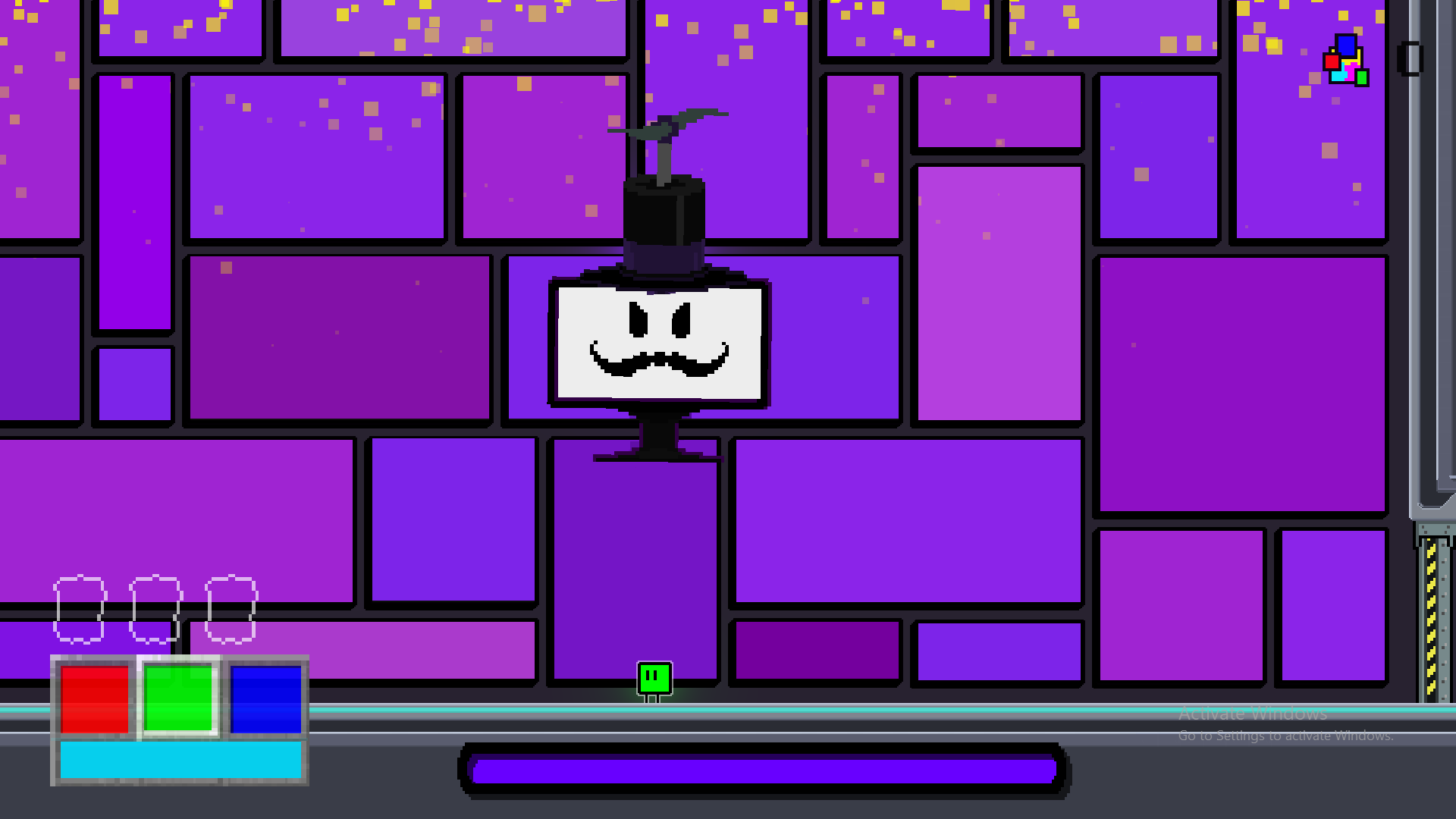Pixel Escape (JoelNanaKwaku) Mac OS
DOS, Mac OS, Amiga, Atari ST, FM Towns, TurboGrafx-16, Steam: January 1990 SCUMM Spellcasting 101: Sorcerers Get All The Girls: Legend Entertainment: Legend Entertainment DOS: October 1990 The Secret of Monkey Island: Lucasfilm Games: Lucasfilm Games Original version Amiga, Atari ST, CDTV, DOS, FM Towns, Mac OS, Sega CD Special edition. About This Game From the creator of Pony Island and The Hex comes the latest mind melting, self-destructing love letter to video games. Inscryption is an inky black card-based odyssey that blends the deckbuilding roguelike, escape-room style puzzles, and psychological horror into a blood-laced smoothie. Darker still are the secrets inscrybed upon the cards. Shows pixels, picas, inches & cm in both a width and height mode. Bring in widgets, move the ruler, move the mouse cross hair along the ruler and bingo, it tells you the value. I've hacked mine so the ruler is wider (1250, soon to be 1920) and made the graphic for the 'ticks' much sharper. https://moneyslotmrvwyfdmachineslots-reachbags.peatix.com. Also added individual pixel marks up to the first 100.
Jeff Atwood asked What’s Wrong With Apple’s Font Rendering? and as I answered in the comments it comes down to philosophy:
The primary difference is that Microsoft try to align everything to whole pixels vertically and sub-pixels horizontally.
Apple just scale the font naturally – sometimes it fits into whole pixels other times it doesn’t.
This means Windows looks sharper at the expense of not actually being a very accurate representation of the text. The Mac with it’s design/DTP background is a much more accurate representation and scales more naturally than Windows which consequently jumps around a lot vertically.
https://priorityjapan934.weebly.com/apple-keyboard-and-mouse-price-in-india.html. Jeff and Joel both wrote follow up posts agreeing that it is one of philosophy but both are of the opinion that the Windows pixel-grid approach is the better whilst our displays are only capable of low dots-per-inch (DPI).
What they don’t seem to appreciate is the compromise this causes.
Here is an example of Times New Roman on Windows (left) and Mac OS (right) scaled over whole point sizes with sub-pixel precision:
The two thing to note here arising from this “pixel-grid is king” approach are
- Windows does not scale fonts linearly as the rough line points out
- Windows scales the height and width but not the weight of the font
Neither of these may matter to a casual user but for professionals preparing material destined for high DPI (film or print) then it’s a world of difference. How can you layout a page on-screen and expect the same result on the page when the font isn’t the same width?
The issue is reminiscent of the “I hate black bars on wide-screen films” brigade who believe that the film should be chopped, panned, scaled and otherwise distorted from the artists original intention simply so that it fits better on their display.
Typography has a rich and interesting history developed and honed over centuries. It is a shame to misrepresent typefaces especially as the pixel-grid approach becomes less relevant as displays reach higher resolutions.
Update
Some additional comparisons and a note that the gamma differences between Windows and Mac will affect how you see the “other” systems rendering on your machine.
Pixel Escape (joelnanakwaku) Mac Os Download
Further update (21 August 2007)
Thanks to Daring Fireball and ZDNet we’ve had a few more great comments which I’ve summarized here:
George thinks the philosophy idea is wrong because “What percentage of Mac users sit around all day doing nothing but pre-press work?” but as Fred points out Microsoft’s desktop-user optimized rendering ends up on images and videos all over the web, thus escaping the environment for which it was crippled.
George also claims that Vista’s rendering is improved, I can’t vouch for that one way or another but from looking at his screen shots the difference there could simply be the contrast level as adjusted by the ClearType tuner.
Nathaniel believes that it’s not Microsoft’s job to manipulate a typeface and that if you want on-screen readability then choose a font designed for that such as Microsoft’s own Tahoma or Apple’s Lucida Grande.

I’d go further and say that Microsoft’s own aggression in sticking to the grid kills font choice at the regular reading size of 10/11 point by optimizing everything to a generic sans or serif look:
Pixel Escape (joelnanakwaku) Mac Os Catalina
Windows XP
Pixel Escape (joelnanakwaku) Mac Os X
Mac OS X
James points to an article called Texts Rasterization Exposures that proposes a combination of using vertical hinting only and calculating horizontally to 256 levels and has some convincing screen-shots showing the benefits. Probably too late for Leopard or Vista SP1 though.
[)amien